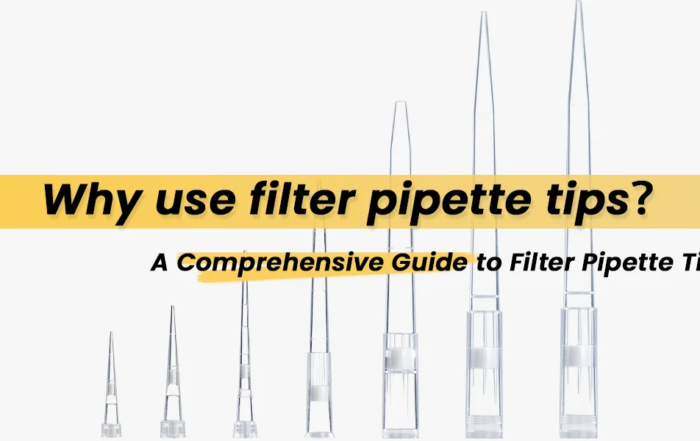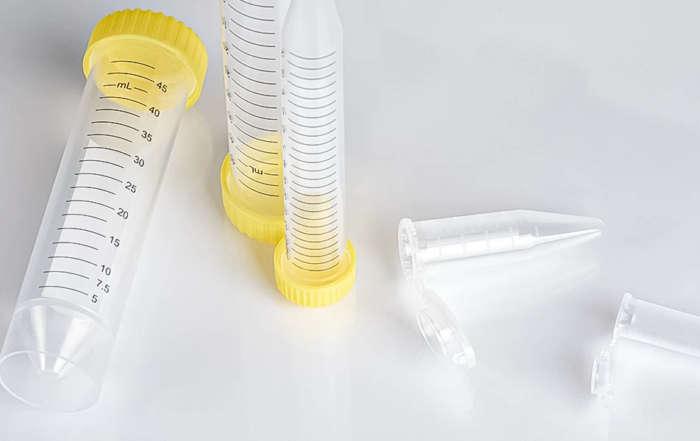When you’re working in a lab, safety comes first. You need to wear protective eyewear, gloves, and lab coats. You also have to think about storing all of your samples in the right places, and so much more. But, perhaps the most important thing when it comes to lab safety is having high-quality equipment.
I’m going to show you what to look for when buying new centrifuge tubes. Also, we’re going to talk about lab rules and how to safely operate a centrifuge. If you want to learn about all of this and more — keep on reading.
Lab Safety
Before you even set foot in a lab, there are a couple of things you should know. Let’s talk about the rules every lab technician should live by.
General Safety Rules
First, make sure you always know where the nearest evacuation exits and fire alarms are. Also, no matter what you’re working on, you need to ensure your lab has proper ventilation. If you’re working with glassware in the lab, check for any cracks or damage before you start using it.
Personal Protection Rules
Before and after you perform an experiment, make sure to wash your hands and face to avoid any contamination. Also, always wear a smock or lab coat if you’re conduct some experiments. Finally, if you’re working with hazardous or dangerous materials or samples, wear safety glasses or face shield.
How to Safely Operate a Centrifuge
If you want to keep your samples safe inside the centrifuge, you need to know how to work the machine. First, make sure you’ve set the centrifuge on a level and firm surface to avoid any damage. Next, and this might be the most important step, balance your centrifuge tubes inside the rotor.
For example, if you put a 15 ml tube with a sample on one side, you need to balance it out with another 15 ml on the opposite hole in the rotor. But, if the sample you’re testing has a higher density than water, you should balance the tubes by mass and not volume.
If you don’t balance your tubes inside the centrifuge, you could damage the machine or get seriously hurt. Also, never open the centrifuge while it’s still running. If the rotor starts shaking or wobbling, just pull the plug.
How to Buy Centrifuge Tubes
Now, let’s talk about buying centrifuge tubes and what to be on the lookout for. Depending on the kind of samples you’re working with, here are some of your choices:
- Glass or plastic
- Free-standing or conical bottom
- Reusable or disposable
Which centrifuge tubes you get will also depend on your budget and the type of centrifuge you have. Let’s go through all of these quickly and see what some of their benefits are.
Glass vs. Plastic
Glass centrifuge tubes could be a good fit for your lab if you work with corrosive materials or high temperatures. They are easy to clean, and you can find them in any shape or size. But, they do tend to be more expensive compared to plastic centrifuge tubes.
On the other hand, plastic centrifuge tubes are extremely durable and budget-friendly. You can also get these in different sizes and you can even buy tubes for your microcentrifuge.
Keep in mind that plastic tubes are just a bit more difficult to clean compared to glass ones. But, with a little effort, you can sterilize them in no time. What’s more, you can buy either reusable or disposable plastic centrifuge tubes.
Free-Standing vs. Conical Bottom
If you go for the free-standing type, you won’t have to buy a tube rack, and it can save you a little money in the future. Also, you can use them as containers and store them anywhere.
If you decide to go for the centrifuge tubes with a conical bottom, you can choose between a wide variety of sizes and colors. Furthermore, you can get a centrifuge tube with a conical bottom if you have a microcentrifuge.
Things to Consider
You won’t be making a mistake whichever centrifuge tubes you decide to buy. At the end of the day, it’s all about what kind of centrifuge you have at the lab and what your personal preferences are. But, by investing in high-quality centrifuge tubes, you are creating a much safer environment for yourself to work and experiment in.
What is Cell Therapy Manufacturing?Essentials and manufacturing processes for cell therapies
Cell therapy is rewriting the rules of modern medicine. Imagine a treatment that uses a patient’s own immune cells, reprogrammed in a lab to hunt down and destroy cancer—this is no longer science fiction [...]
Why use filter pipette tips? A Comprehensive Guide to Filter Pipette Tips
In laboratory workflows, unseen threats like aerosol contamination, residual liquid carryover, and cross-contamination can silently sabotage experimental results. This is where filter pipette tips step in—not just as disposable tools for liquid handling, but [...]
The Comprehensive Guide to Centrifuge Tubes
Centrifuge tubes are indispensable tools in modern laboratories, enabling the separation of samples by density through high-speed spinning. Widely used in scientific research, medical diagnostics, and industrial processes, these tubes play a critical role [...]


